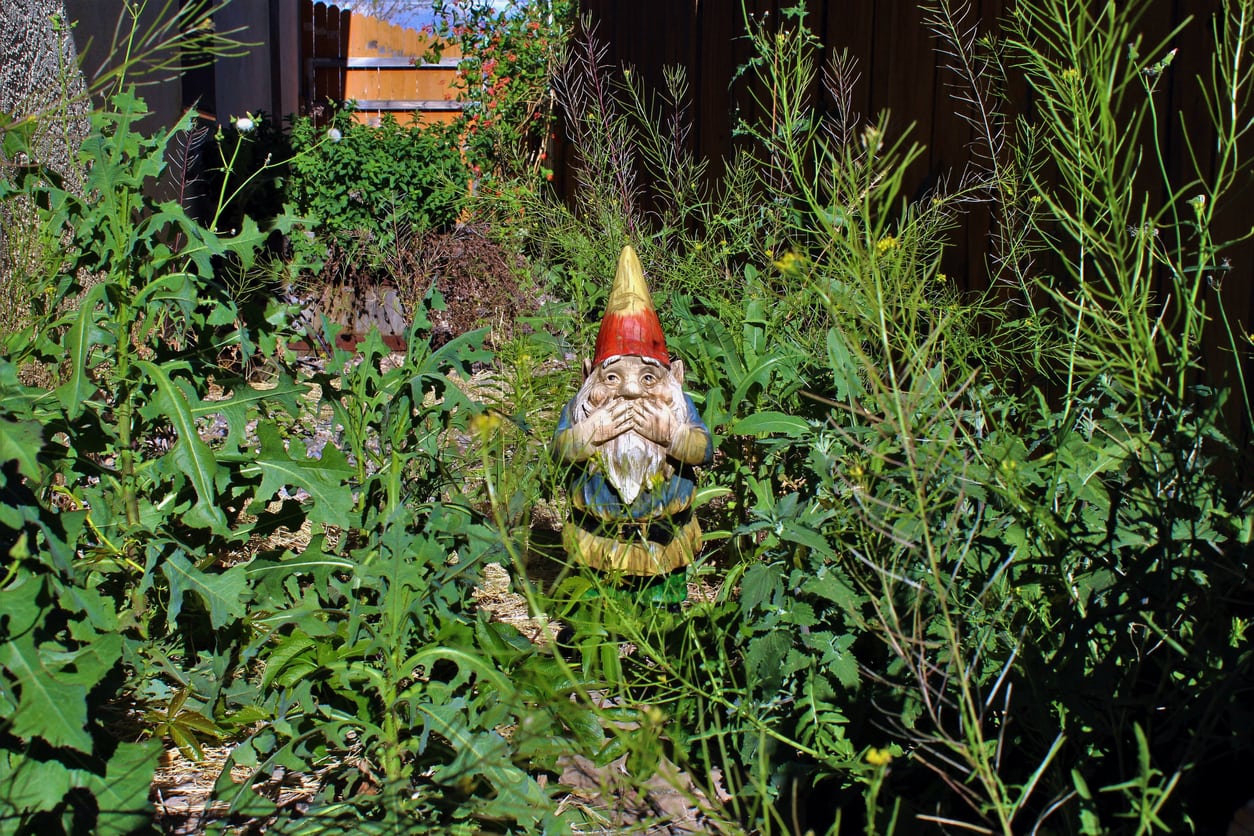What Is A Stale Seedbed – Killing Weeds With Stale Seedbed Method


Stale bread is not a desirable thing unless you are making a pudding, but stale seedbeds are a relatively new cultivation technique that is all the rage. What is a stale seedbed? The bed is the result of careful cultivation and then a rest period to allow weeds to grow. Sound crazy? The effort encourages the weeds that are in the top part of the soil to germinate and then they are destroyed. The process minimizes weeds once crops are planted. Here are some tips on how to use a stale seedbed so you don't have to spend all your time weeding the garden.
What is a Stale Seedbed?
Stale seedbed weed control may be a practice used by our grandparents because it allows pesky weeds to emerge before the coveted crop. Studies have shown that the majority of weeds that will germinate after soil disturbance are in the top 2.5 inches (6 cm.) of soil. Encouraging these seeds to grow and then either flaming or using an herbicide will kill the weeds. Then carefully planting the crop without disturbing soil should result in less weed pests. The stale seedbed technique can provide increased weed control if done prior to crop planting. The three basic principles are:
- Disturbed soil promotes germination.
- Non-dormant weed seeds can germinate quickly.
- The majority of weed seeds grow from the top layers of soil.
Killing weeds with stale seedbeds relies upon germination of shallow weed seeds and then killing these prior to planting or setting out transplants. In areas without adequate rainfall, it is important to actually encourage weed germination by irrigating or even using row covers. Once the weeds have emerged, usually within a couple of weeks, it is time to kill them.
How to Use a Stale Seedbed
The steps involved in this practice are simple.
- Cultivate the soil just as you would if you were planting immediately.
- Wait to allow weeds to grow to their third leaf stage.
- Flame the soil (or use an herbicide) to kill the seedlings.
- Plant seeds or transplants after recommended time on herbicide instructions has passed.
Interestingly, if you use the flame weeding method, stale seedbed weed control can be used in organic operations. Using a flamer damages weed cell structures and most varieties will be effectively killed without chemical interaction. The ash will enhance the soil prior to planting and planting can be done instantly with no wait time.
Problems with the Stale Seedbed Technique
Every type of weed seed will have different timing and conditions required for germination, so weeds should still be expected. Perennial weeds with deep taproots may still come back. Several "flushes" may be necessary to control problem weeds in the bed. This means you will have to start the process several months before your expected date of planting. The technique doesn't control all weeds and should be considered part of an integrated weed management plan.
Gardening tips, videos, info and more delivered right to your inbox!
Sign up for the Gardening Know How newsletter today and receive a free copy of our e-book "How to Grow Delicious Tomatoes".

Bonnie Grant is a professional landscaper with a Certification in Urban Gardening. She has been gardening and writing for 15 years. A former professional chef, she has a passion for edible landscaping.
-
 Looking For Plants To Give You The Soft And Fuzzies? Try These 5 Fuzzy Leaf Plant Options
Looking For Plants To Give You The Soft And Fuzzies? Try These 5 Fuzzy Leaf Plant OptionsLovers of texture, drama, silver foliage and tactile plants will adore these special sensory garden additions. These fuzzy leaf plant options will leave you all aglow
By Susan Albert
-
 Get Ready For A Summer Of Hummers! Grow These Full Sun Hummingbird Plants and Flowers
Get Ready For A Summer Of Hummers! Grow These Full Sun Hummingbird Plants and FlowersIf you’re lucky enough to enjoy a sunny backyard, make sure you are maxing out on your pollinator opportunities and grow these full sun hummingbird plants and flowers
By Tonya Barnett